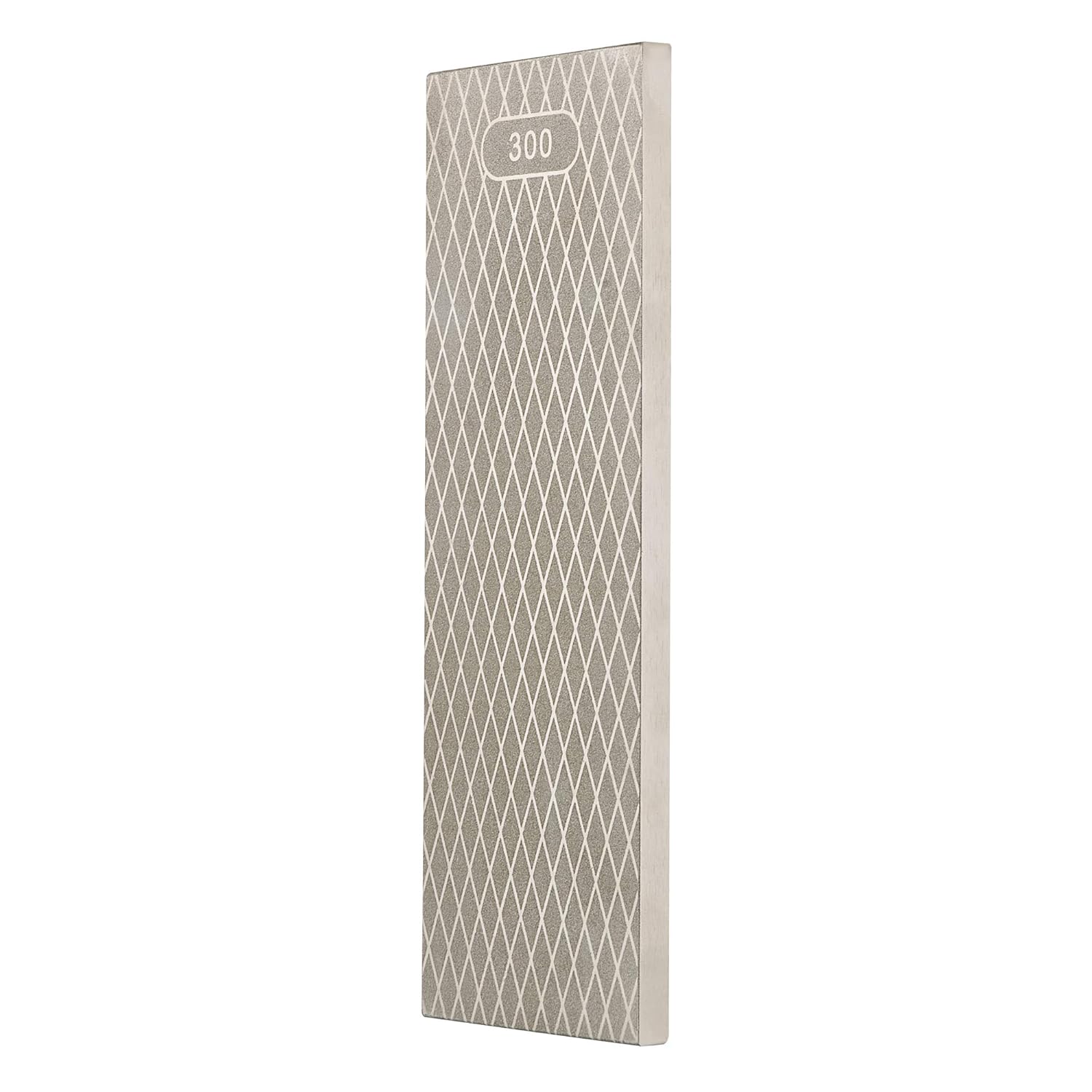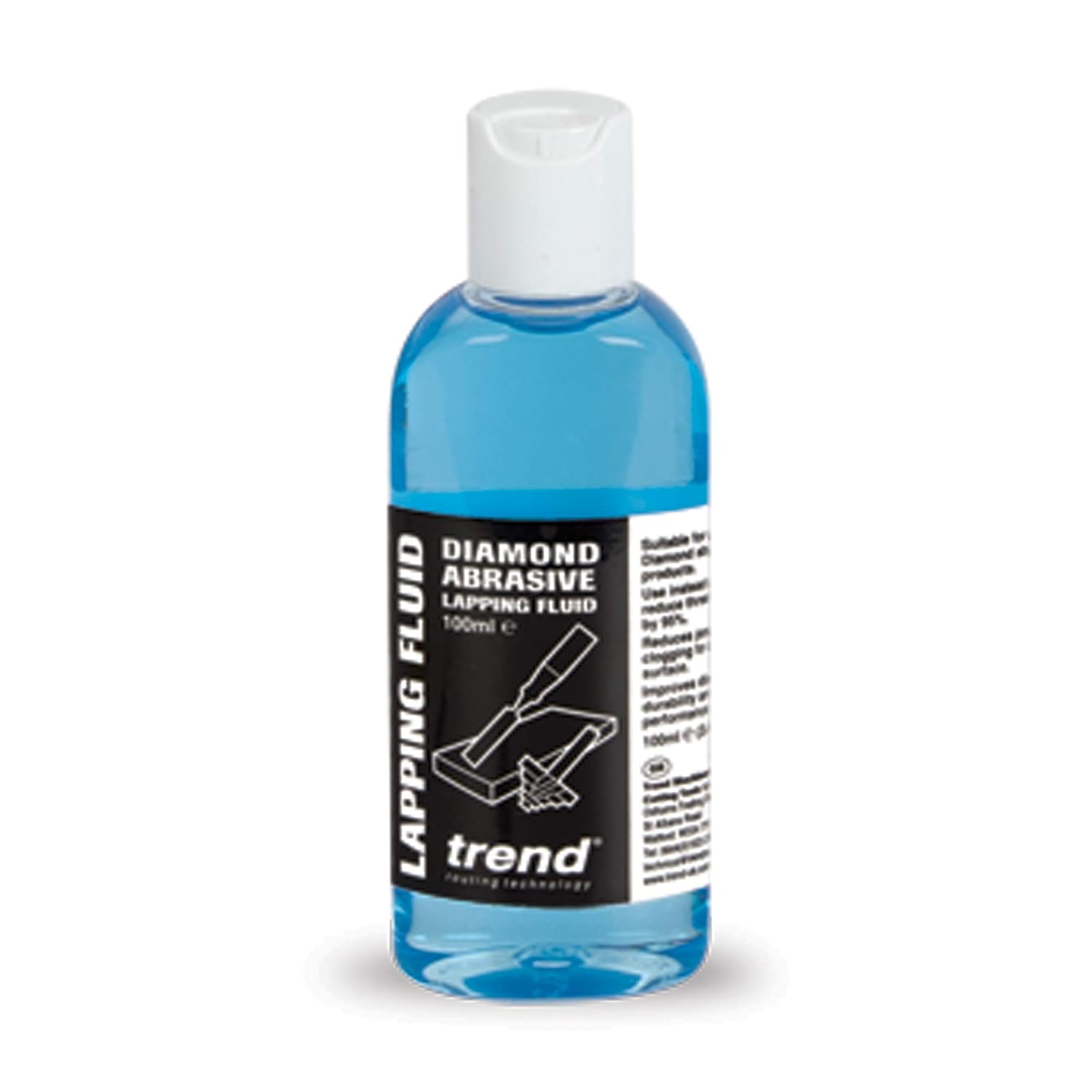Chan Eil Whiskers
Fumbling about.
I'm a babe in the wood just learning all sorts of useful and useless stuff about honing. I came across this video, which is mostly for woodworkers I think, on diamond stones. The video was for me helpful and educational. Will it have long term benefits for me as I get into honing the SR? I don't know, but I like learning things.
Is everything he says right? I have no idea. Is he mostly selling something? Maybe, but I'm not sure. Should you use water or the fluid he says to use? How could I know.

Link to the stone on Amazon.

Link to the fluid on Amazon.
Is the fluid useful to SR guys? Are these stones we should have? All these are questions beyond me. I'm just learning random honing stuff and came across a video.
What I do know is I can understand what he's talking about and I learned something watching the video. Does this translate into anything related to honing or of general interest in this community? Maybe so. Maybe not.

Babe in the woods I am.
Happy shaves,
Jim
Is everything he says right? I have no idea. Is he mostly selling something? Maybe, but I'm not sure. Should you use water or the fluid he says to use? How could I know.

Link to the stone on Amazon.

Link to the fluid on Amazon.
Is the fluid useful to SR guys? Are these stones we should have? All these are questions beyond me. I'm just learning random honing stuff and came across a video.
What I do know is I can understand what he's talking about and I learned something watching the video. Does this translate into anything related to honing or of general interest in this community? Maybe so. Maybe not.
Babe in the woods I am.
Happy shaves,
Jim


